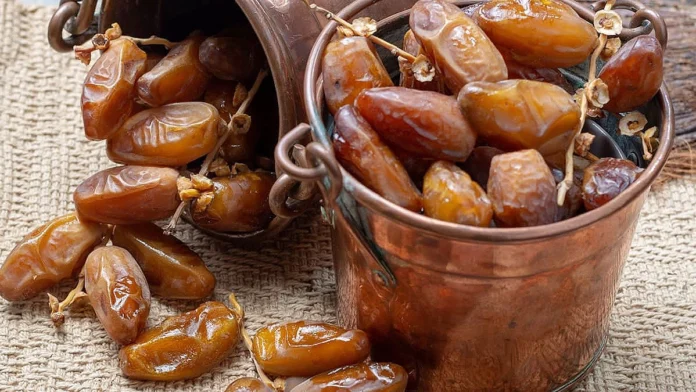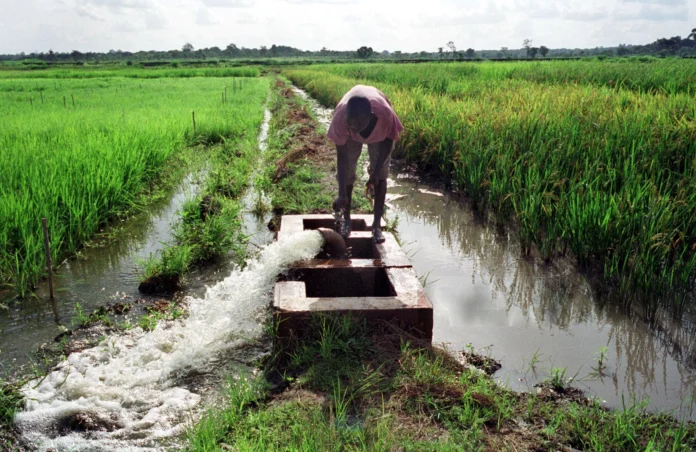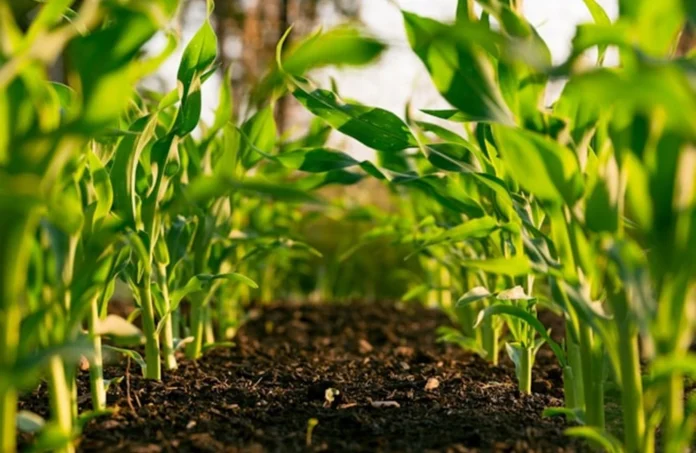Arabfields, Durban, South Africa — The logistics backbone of KwaZulu-Natal is undergoing a profound transformation, driven by ambitious cold storage facilities and emerging rail infrastructure in Cato Ridge, a burgeoning industrial node just inland from Durban. These developments promise not only to bolster the region’s citrus export volumes but also to streamline South Africa’s broader trade networks, reducing bottlenecks that have long plagued perishable goods shipments.
At the heart of this shift lies the FTP Group’s Insimbi Ridge cargo facility, a sprawling 33,000-square-meter complex dedicated to both cold and general storage. Construction commenced with a ceremonial sod-turning event, signaling the project’s role in expanding refrigerated capacity around Durban. Upon completion, the site is poised to integrate seamlessly with rail lines leading directly to the port, a move that could dramatically diminish reliance on overburdened road networks.
Mitchell Brooke, logistics development manager at the Citrus Growers’ Association of Southern Africa, described the initiative as pivotal. “This will generate substantial additional cold storage for the Durban region while introducing rail access to the port, a game-changing evolution for the citrus supply chain,” he noted.
Cato Ridge has emerged as a magnet for logistics investments, strategically positioned along the vital N3 highway that links Johannesburg to Durban Port. The area’s appeal was underscored in June with the inauguration of the Maersk Cato Ridge Cold Store, a state-of-the-art facility capable of accommodating 10,000 pallets. During its debut citrus season this year, the warehouse demonstrated seamless integration with an adjacent container depot, facilitating smoother transitions from storage to outbound shipping.
Despite the N3’s efficiency for road haulage, experts emphasize that Cato Ridge’s true potential hinges on rail revival. At present, approximately 90 percent of citrus exports traverse the final leg to Durban by truck, contributing to congestion, higher fuel costs, and elevated carbon emissions. Recent regulatory reforms, however, have opened the door to private rail operators on 41 routes spanning six key national corridors, paving the way for a modal shift.
This transition holds particular promise for producers in Limpopo province, which accounts for roughly 40 percent of South Africa’s citrus output. Fruit from these northern orchards must travel nearly 850 kilometers to reach Durban, a journey fraught with risks to quality and freshness. Enhanced rail options are anticipated to slash transportation expenses, minimize transit times, and preserve produce integrity, thereby strengthening growers’ margins in competitive global markets.
As South Africa’s premier gateway for citrus exports, Durban Port manages close to half of the nation’s outbound shipments of oranges, lemons, grapefruits, and soft citrus. With domestic production on an upward trajectory, fueled by expanding orchards and favorable trade agreements, the imperative for robust storage and transport infrastructure has never been greater.
A parallel advancement at the port involves the International Container Terminal Services (ICTSI) concession for Pier 2. This public-private collaboration with Transnet, the state-owned ports and rail authority, has achieved legal finality, inviting further capital inflows and operational enhancements. Once fully implemented, the partnership is expected to elevate throughput efficiency, alleviating delays that have historically disrupted export schedules.
Brooke stressed the need for sustained multi-stakeholder engagement. “Ongoing commitments to cold storage expansion, coordinated logistics, and dependable road-rail interconnections are essential for upholding fruit quality en route to overseas buyers and safeguarding South Africa’s edge in international citrus trade,” he said.
The confluence of these projects positions KwaZulu-Natal as an increasingly indispensable cog in the national citrus machinery. By augmenting refrigerated holding capacity and diversifying transport modalities, the province is addressing longstanding vulnerabilities, from seasonal volume surges to infrastructural strains.
For an industry that exported over 165 million cartons of citrus in the most recent season, with aspirations to reach 200 million in the coming years, such upgrades are not merely incremental but foundational. They enable exporters to meet stringent phytosanitary and cold-chain standards demanded by key markets in Europe, Asia, and North America, where South African citrus commands premium pricing for its quality and counter-seasonal availability.
As construction cranes rise over Cato Ridge and rail feasibility studies advance, KwaZulu-Natal is charting a course toward greater resilience and velocity in agricultural trade. This logistics renaissance not only empowers citrus growers but also sets a precedent for other perishable sectors, underscoring the transformative power of targeted infrastructure in a globalized economy.












